Hinkley Point C – Tunnelling and Marine Works
Projects
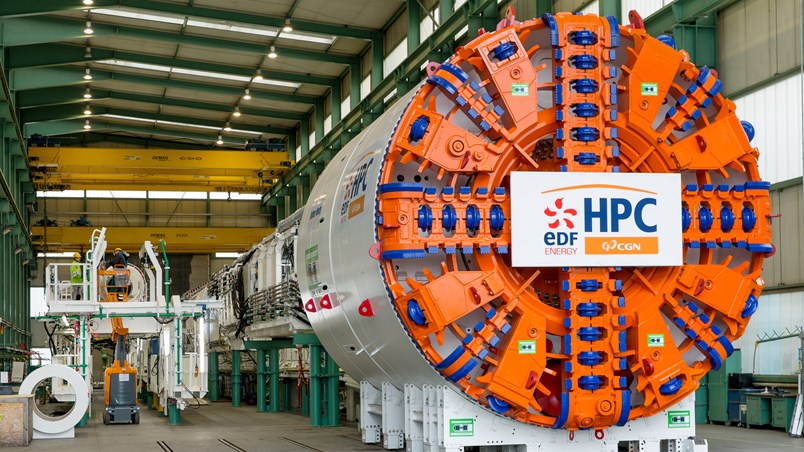
Featured
One of the most complex marine engineering projects currently taking place in the world as part of the construction of the first new nuclear power station built in the UK in a generation
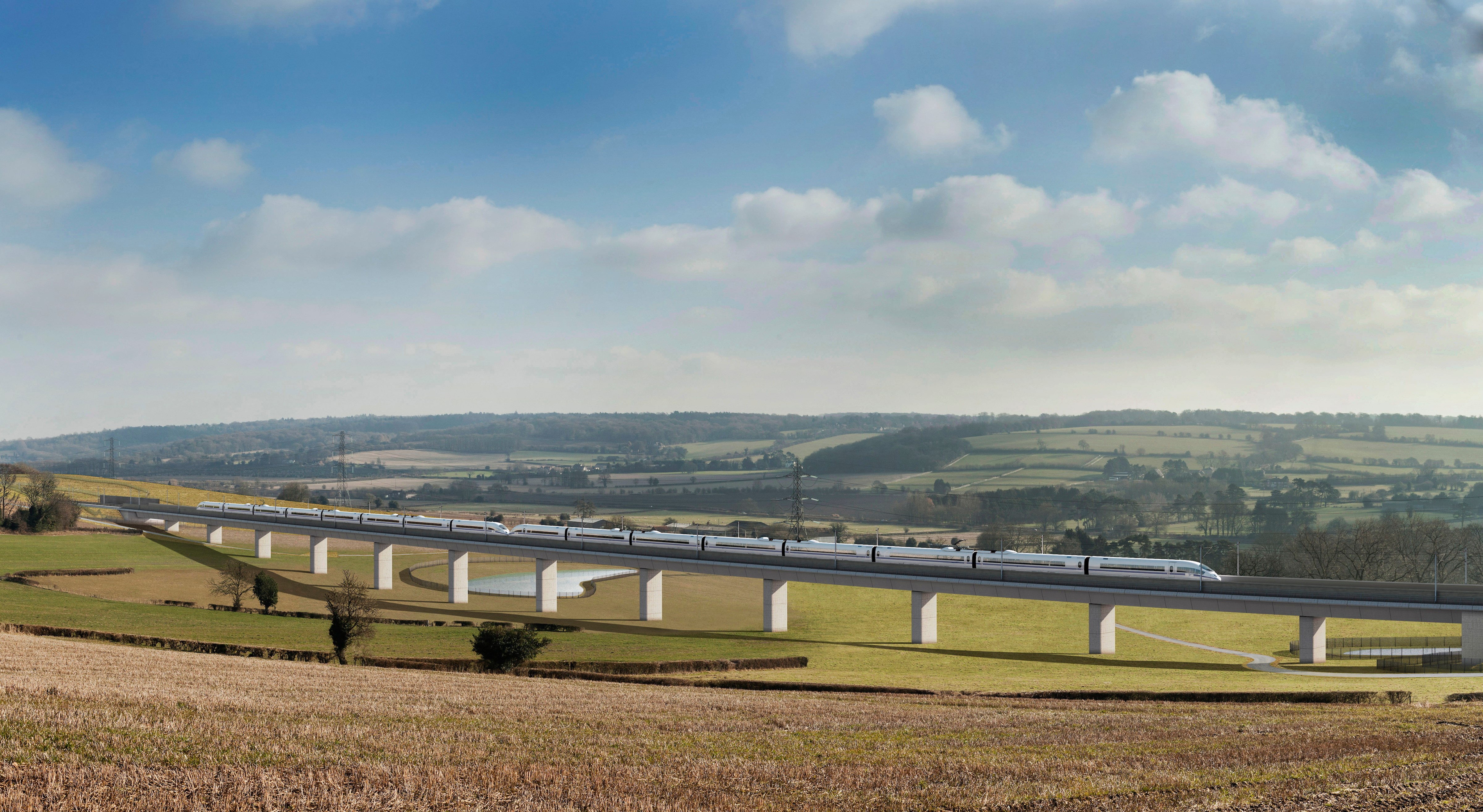
Featured
A state-of-the-art, high-speed railway line, providing the UK with additional rail capacity
HS2 Main Civil Engineering Works

Featured
A flagship project to create a world-leading teaching, learning and research campus
Manchester Engineering Campus Development (MECD)
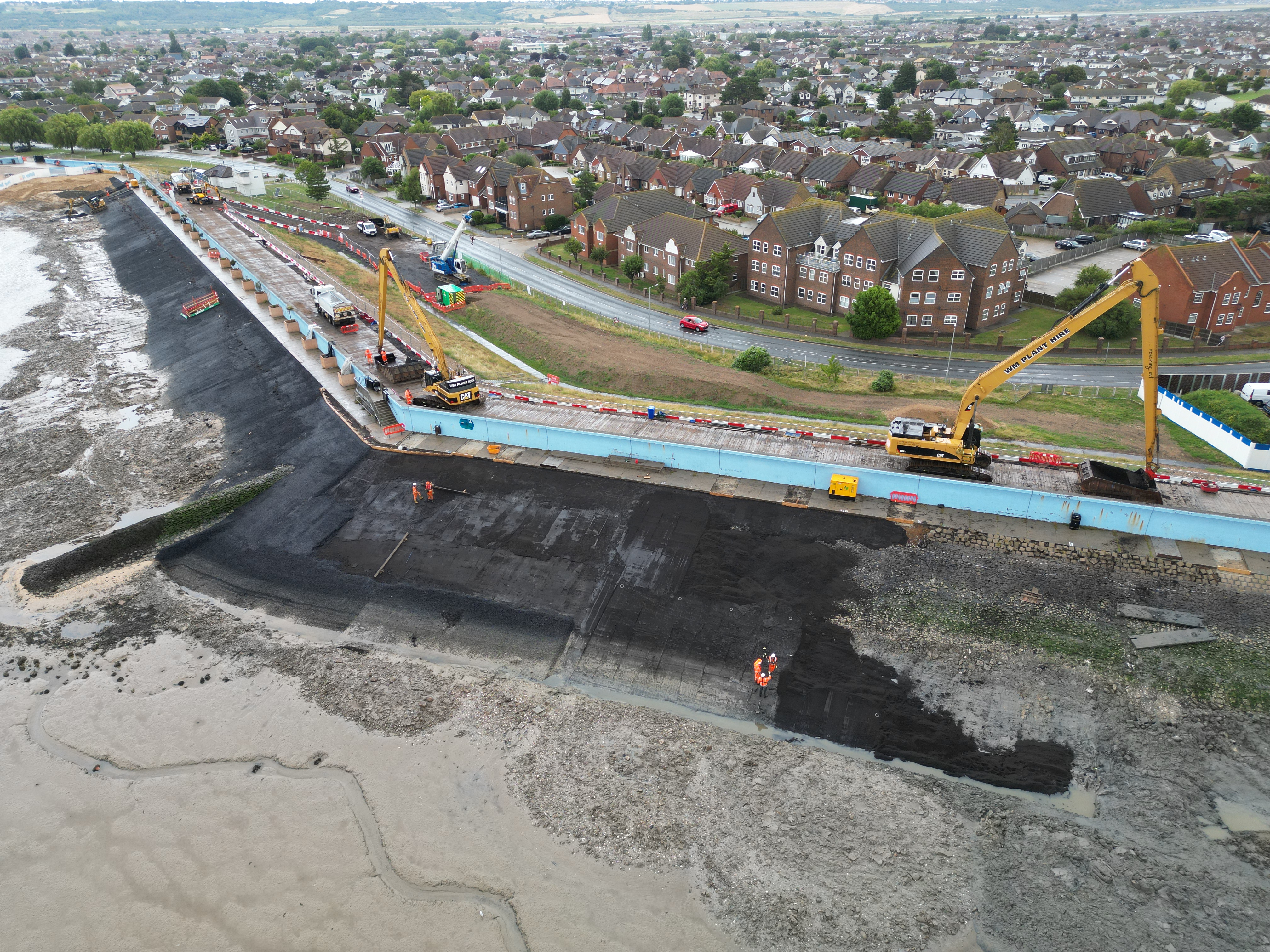
Thames Estuary Asset Management 2100 programme (TEAM2100)
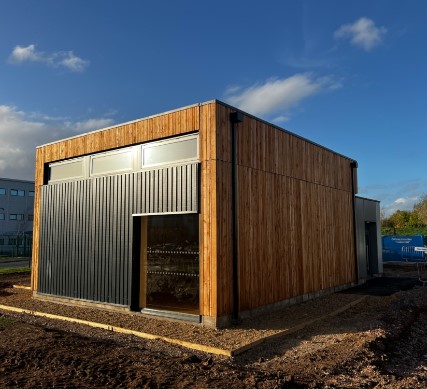
Manufacturing Technology Centre Health and Education ‘Sandpits’, Coventry

Mayfield Watford Retirement Village
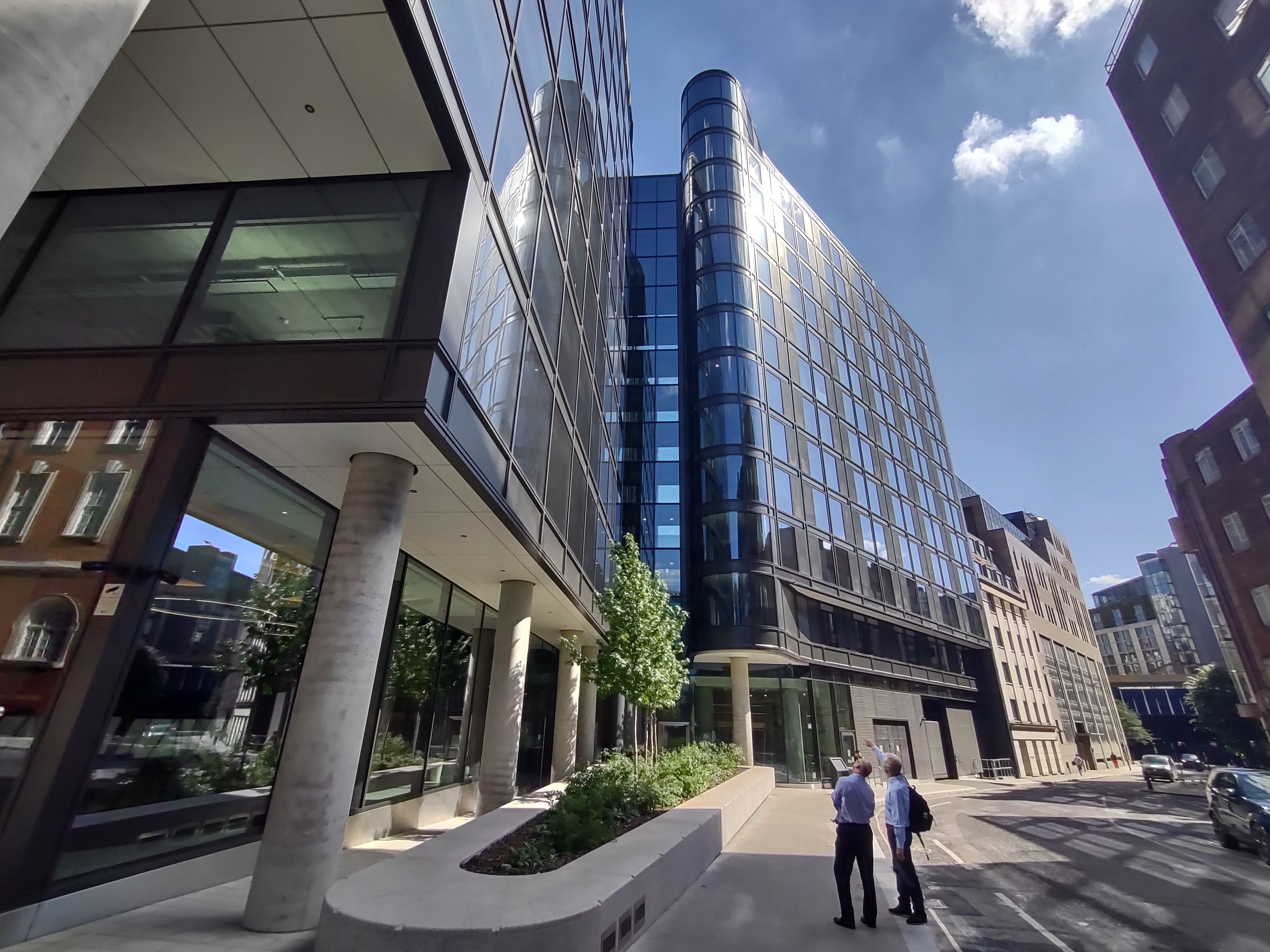
Vine Street, London

Urbanest portfolio, London
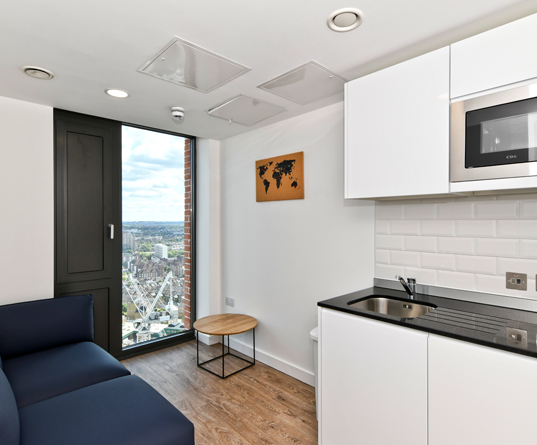
5 Miles Street, Vauxhall, London

Westminster Bridge Road
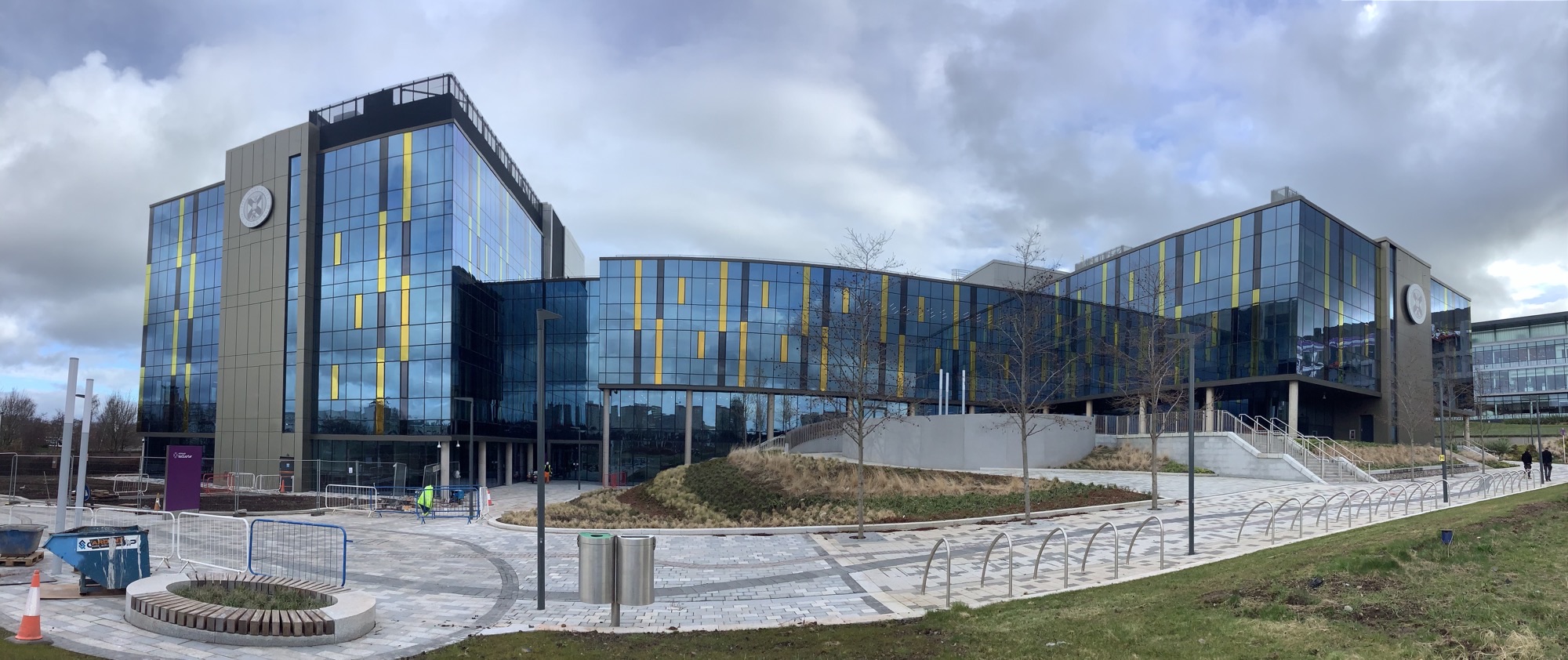
Institute of Regeneration and Repair, BioQuarter Expansion, Edinburgh
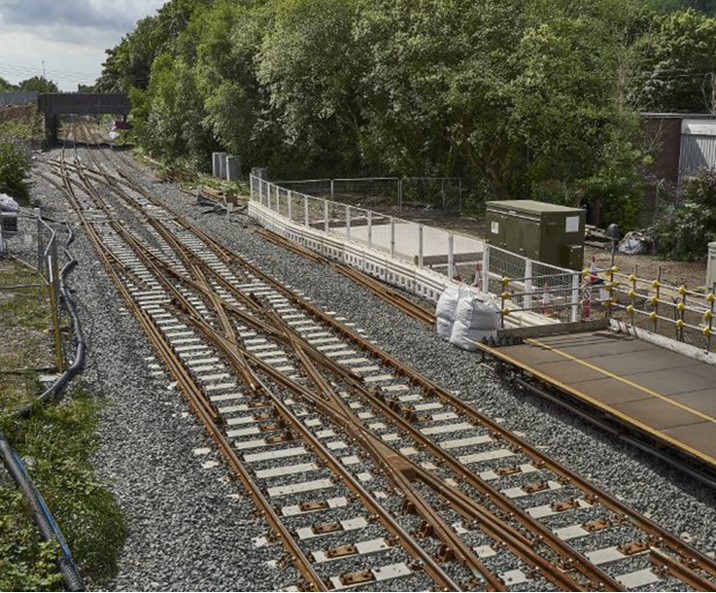
Core Valley Lines Transformation, Wales
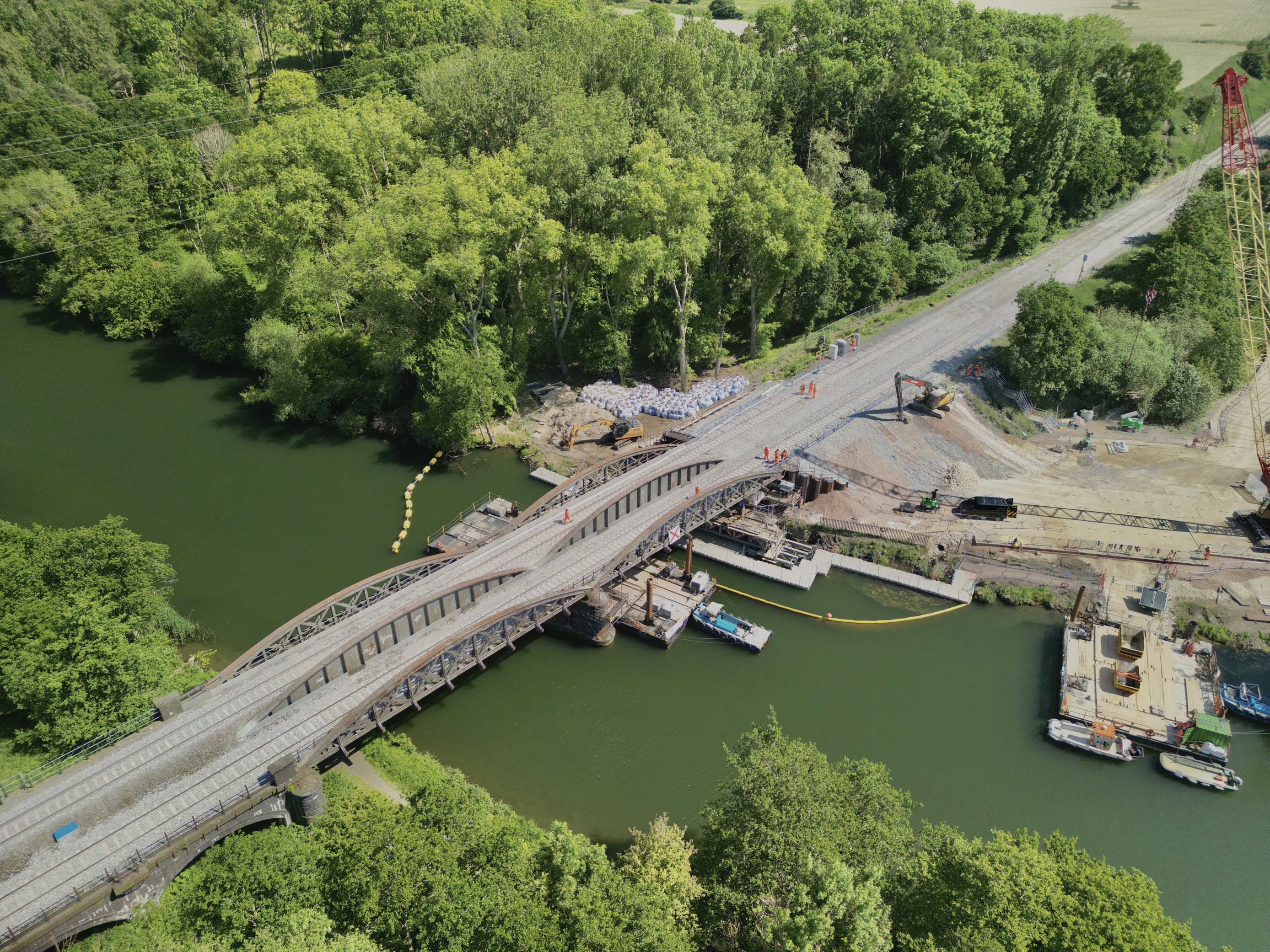
Nuneham Viaduct, Oxfordshire
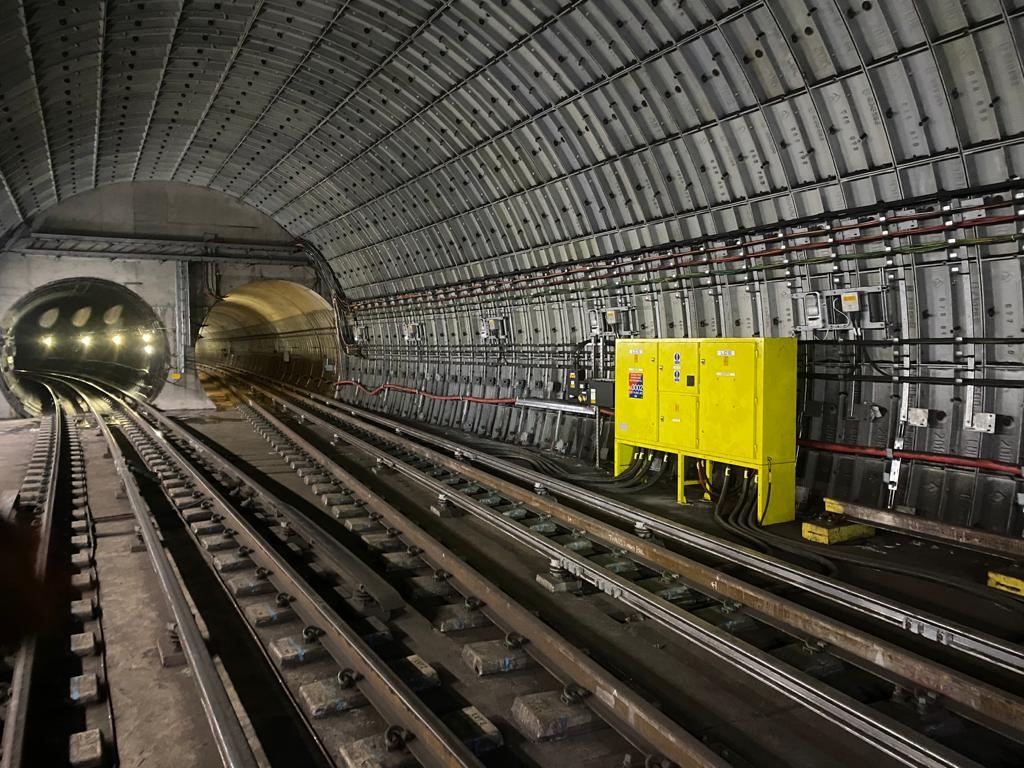
Northern Line Extension to Battersea

Thames Tideway Tunnel
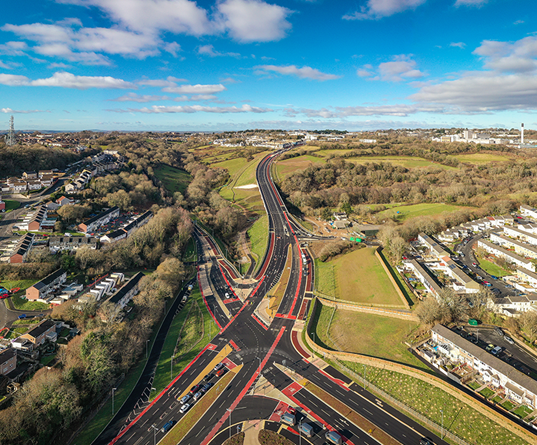
Forder Valley Link Road, Plymouth
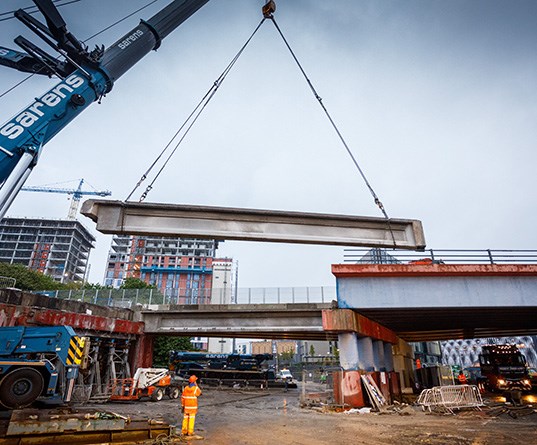
Regent Street Flyover, Leeds

Funicular Viaduct Strengthening, Cairngorm

A63 Castle Street Scheme, Hull
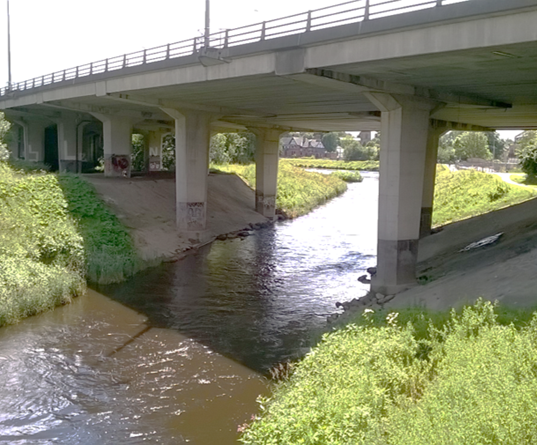
M60 Palatine Road Bridge project, Manchester
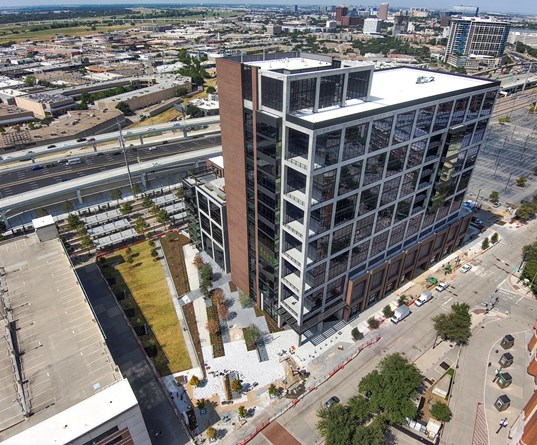
Victory Commons One, Dallas, TX

Swanswell Viaduct project, Coventry
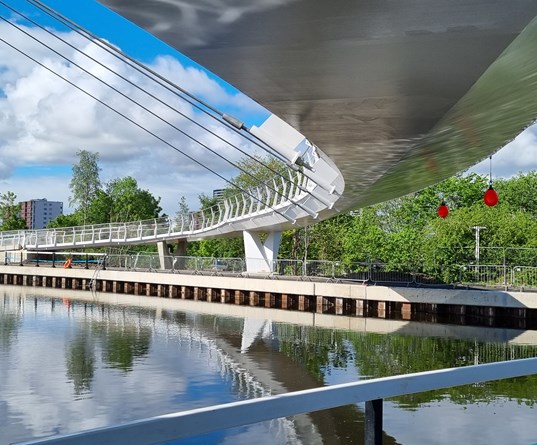
Stockingfield Bridge, Glasgow

Burnshot Bridge, Kirkliston
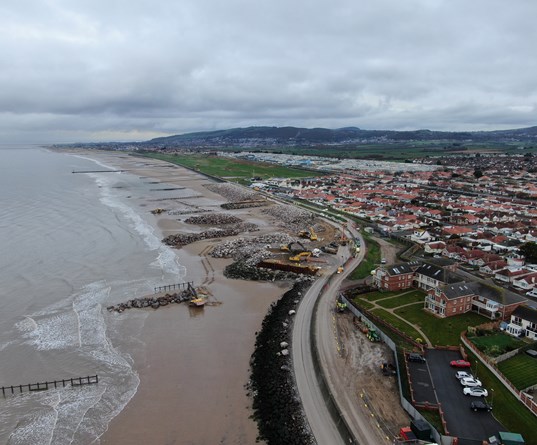
East Rhyl Coastal Defence Scheme

Silver Jubilee Bridge, Runcorn
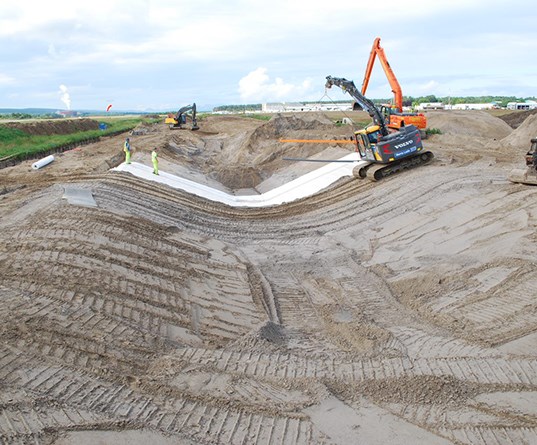
Surface Drainage Works, Inverness Airport

Glasgow Queen Street station redevelopment

Whitechapel Station, Elizabeth line, London

ElecLink Interconnector project, Kent

The Southern Gateway, Texas

I-635 East, Dallas, Texas
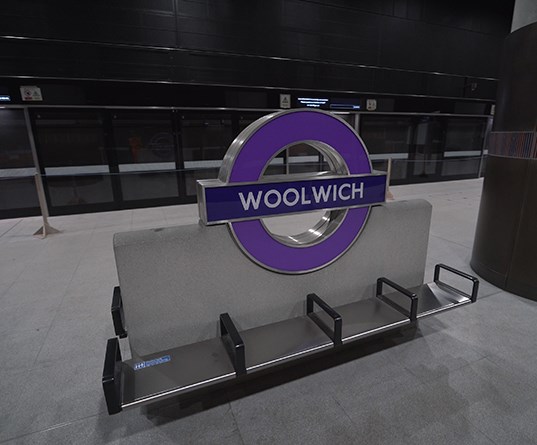
Woolwich Station, Elizabeth Line, London
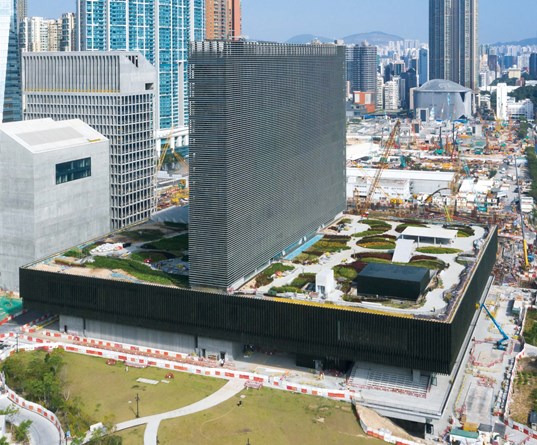
M+ Museum, Hong Kong
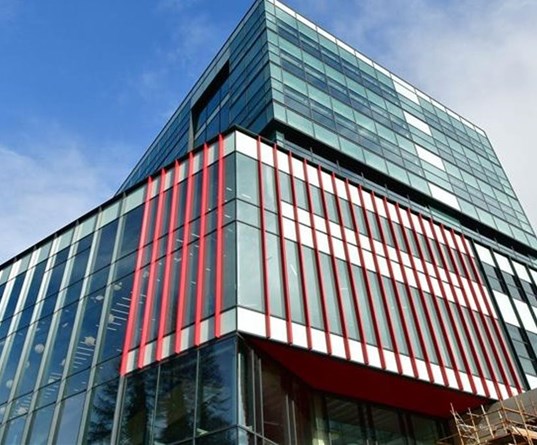
University of Strathclyde Learning and Teaching facility, Glasgow
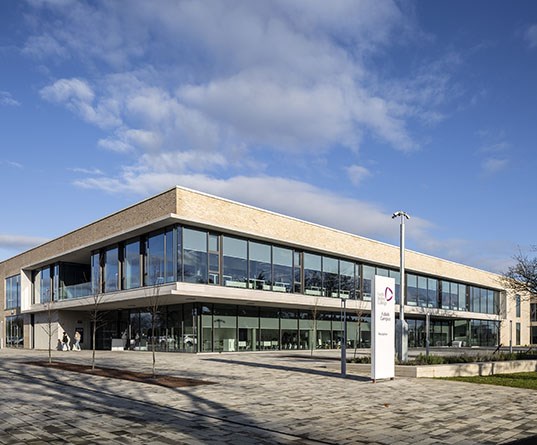
Forth Valley College’s Falkirk Campus, Scotland
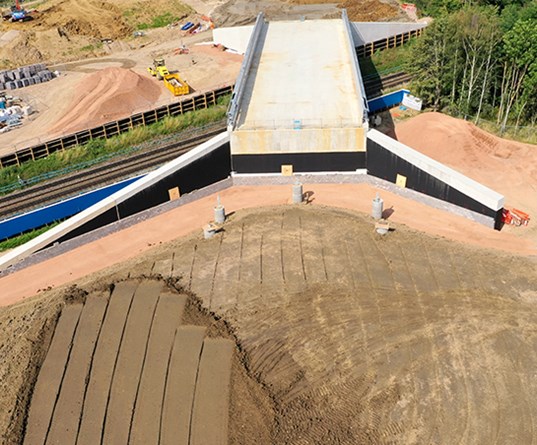
Wokingham Major Highways Programme
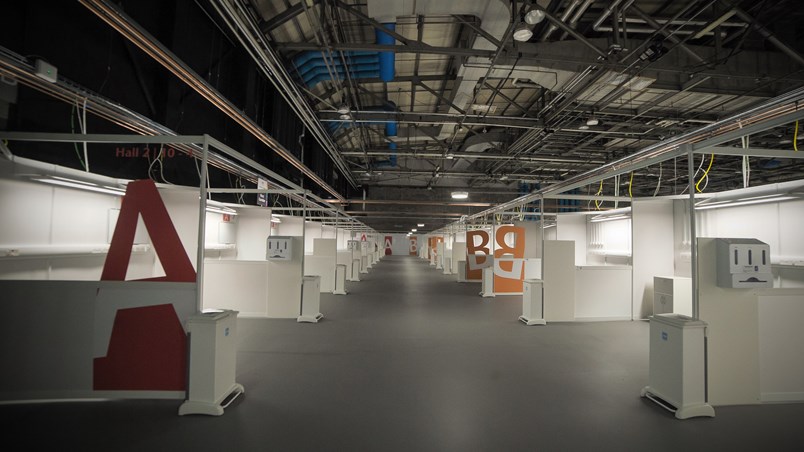
NHS Louisa Jordan Hospital, Glasgow
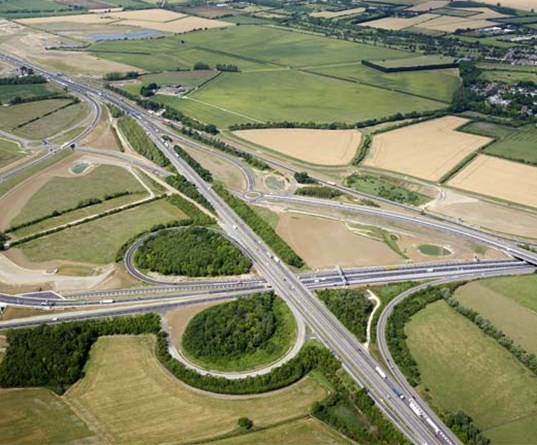
A14 Cambridge to Huntingdon

Tuen Mun-Chek Lap Kok Link

M4 Smart Motorway

Los Angeles International Airport Automated People Mover
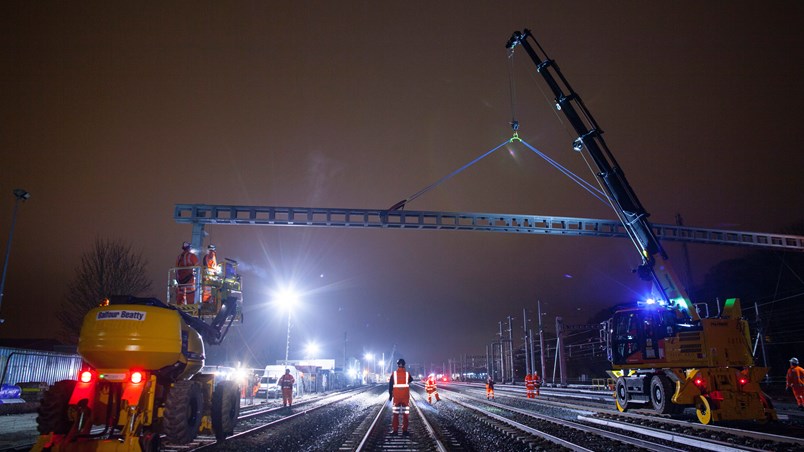
The Greater West Electrification

Hong Kong International Airport Terminal 2 Expansion Works
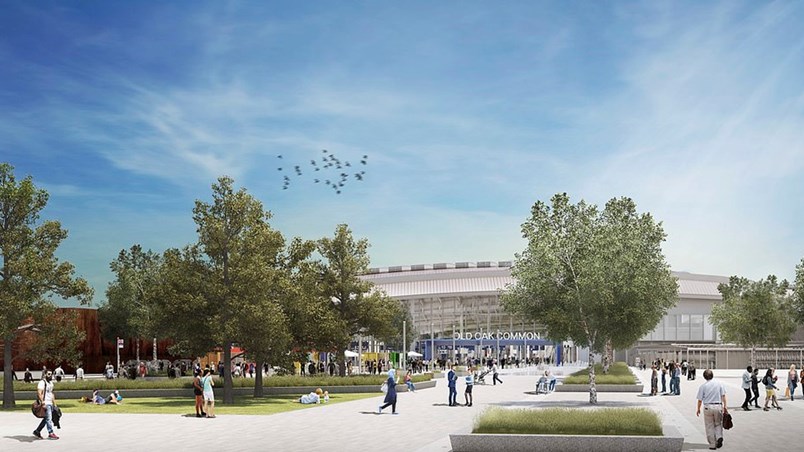
Old Oak Common station

Caltrain Peninsula Corridor Electrification Project, California
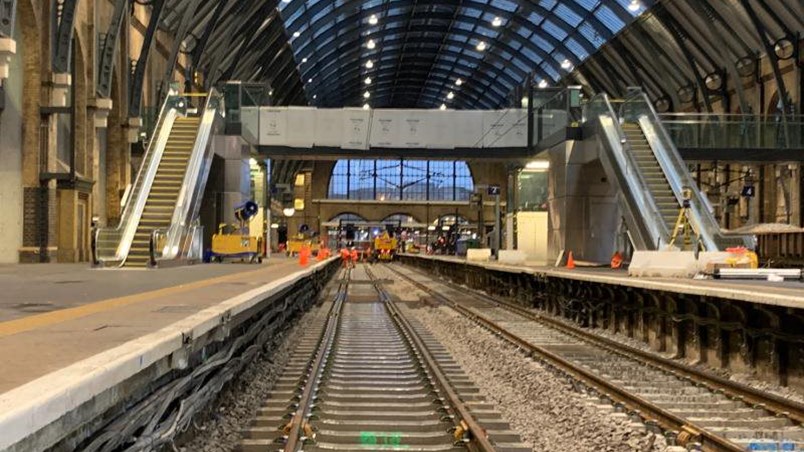
Central Rail Systems Alliance (CRSA)

Broadside, Manchester

Viking Link Interconnector Project, Lincolnshire
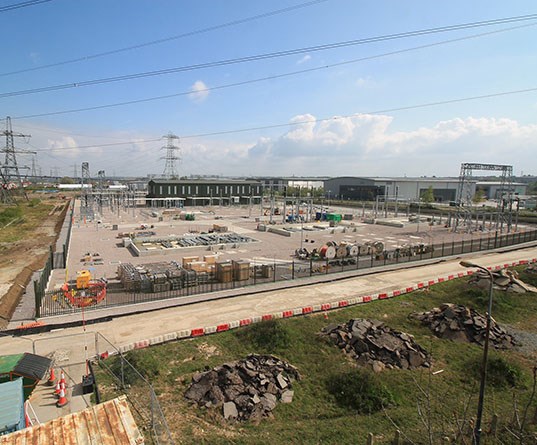
Littlebrook substation, Kent
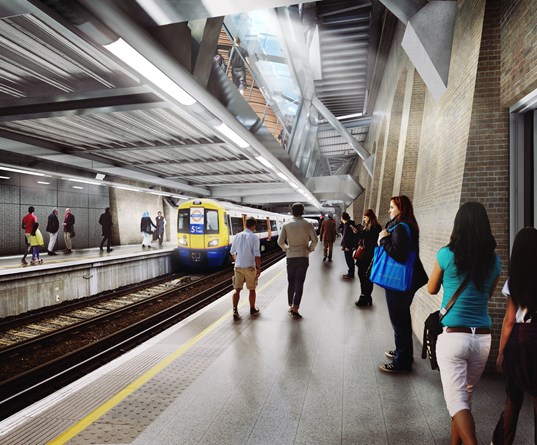
Crossrail - Whitechapel and Liverpool Street Station Tunnels

North and South 400kV Overhead Line, Avonmouth

London Underground track renewals contract

North Bridge Refurbishment, Edinburgh

The Ocean Park Water World, Hong Kong
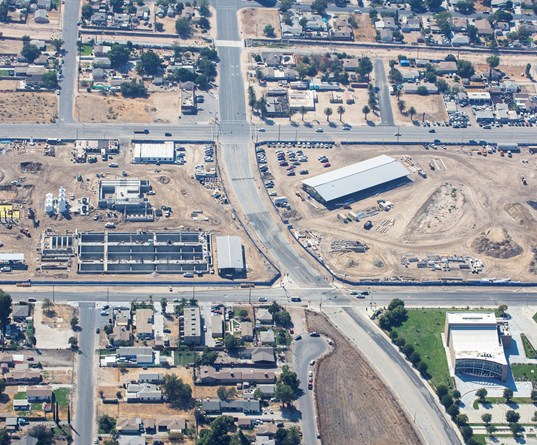
Sterling Natural Resource Center, California

Midland Metropolitan University Hospital
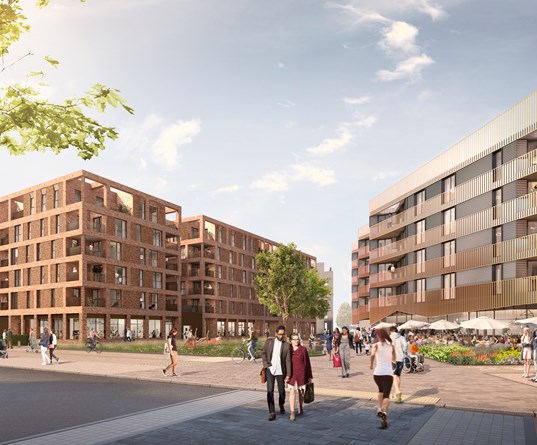
East Wick and Sweetwater
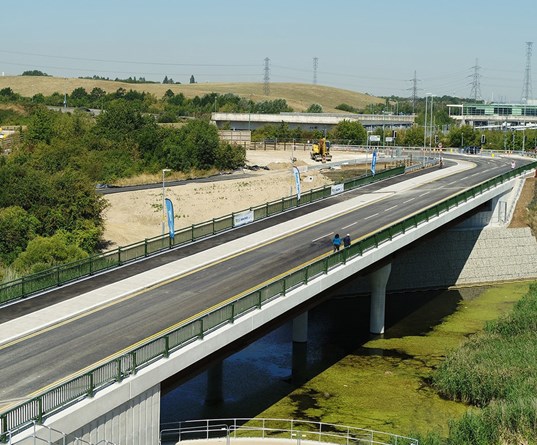
Springhead Bridge, Kent
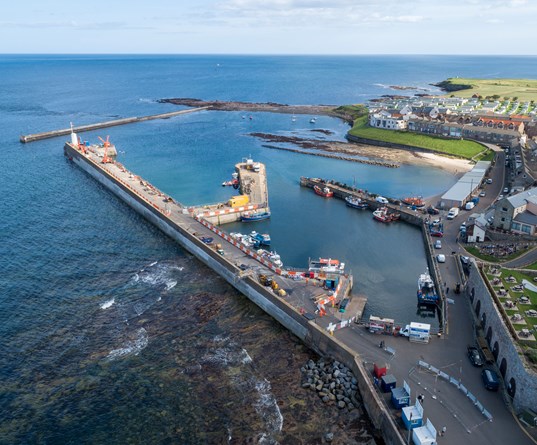
Seahouses Pier, Northumbria

East Slope, University of Sussex

Dundee Regional Performance Centre for Sport
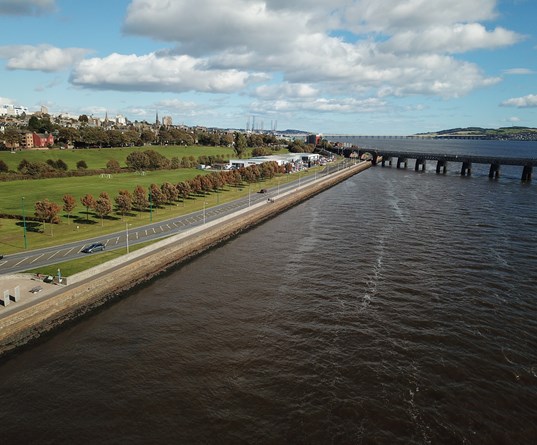
Camperdown Dock to Dundee Airport Flood Protection Scheme
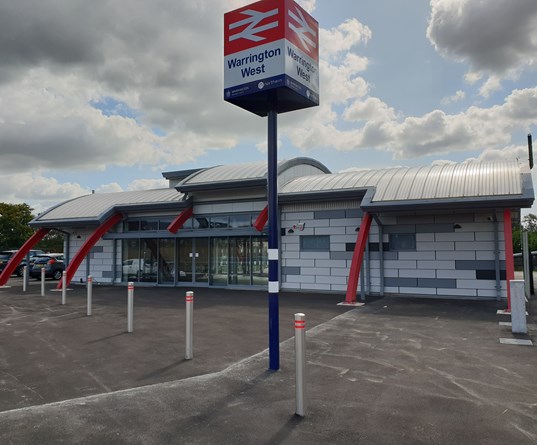
Warrington West Train Station
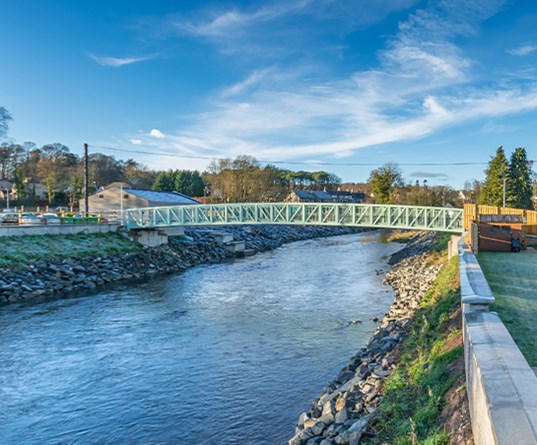
Almondbank Flood Protection Scheme
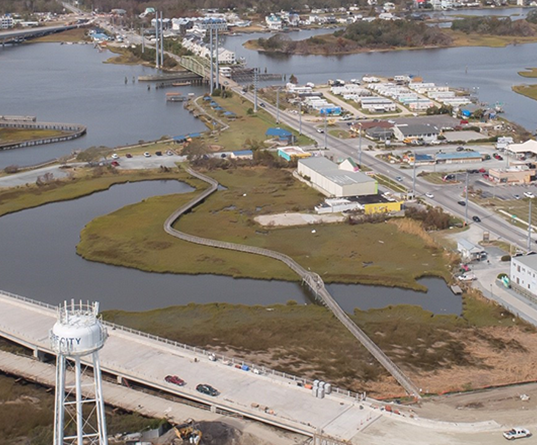
Surf City Bridge, North Carolina

Advanced Manufacturing Centre, Hong Kong
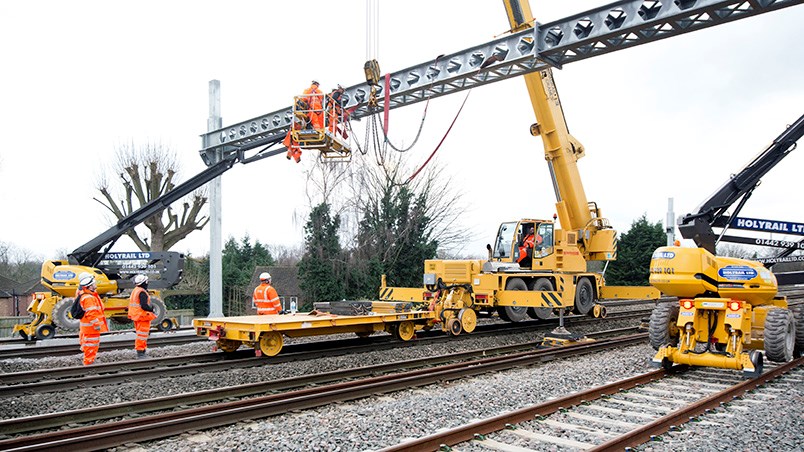
Crossrail West Outer Section
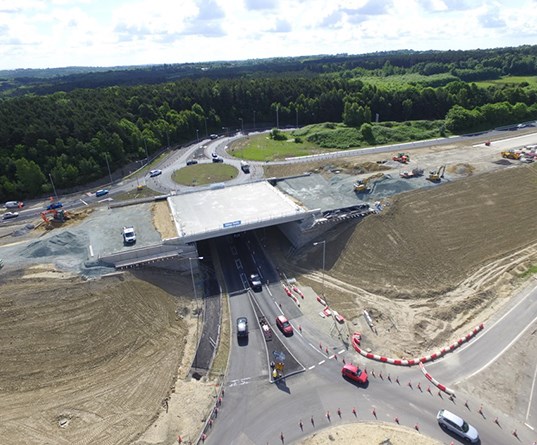
A21 Tonbridge to Pembury dualling
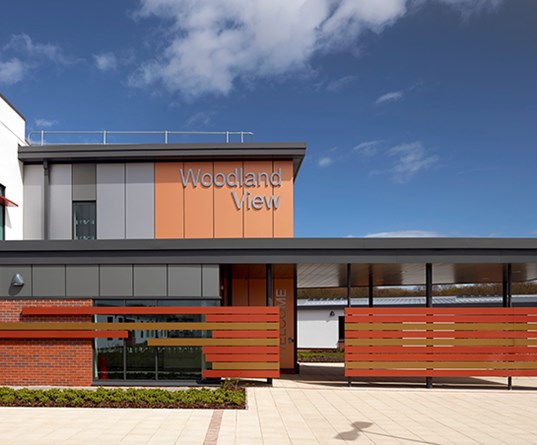
Chamberlain Halls of Residence, University of Birmingham
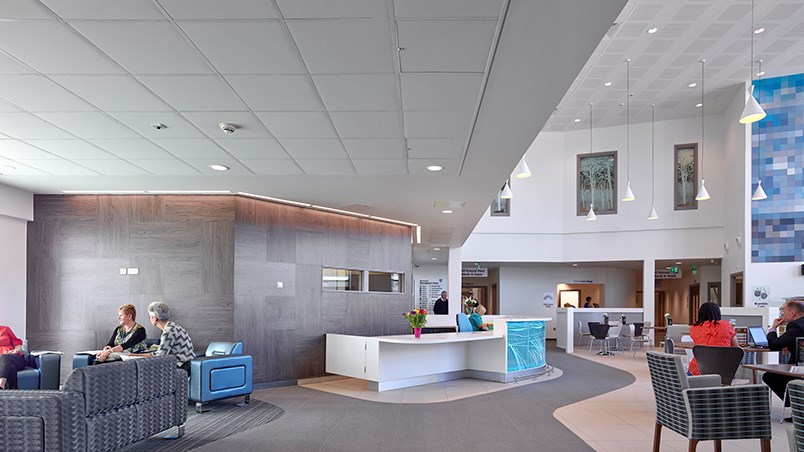
North Ayrshire Community Hospital, Scotland

Wind Farm Foundations, Ballybane, Cork, Ireland
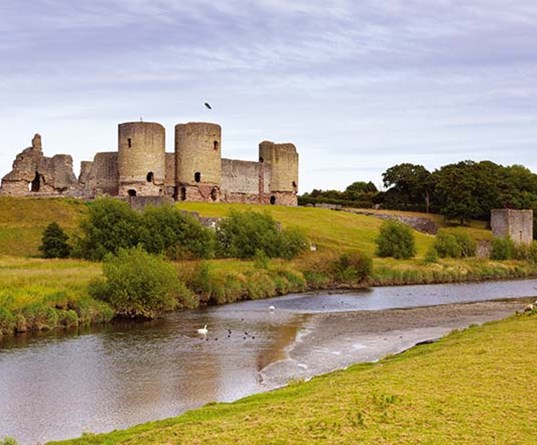
Rhuddlan Castle
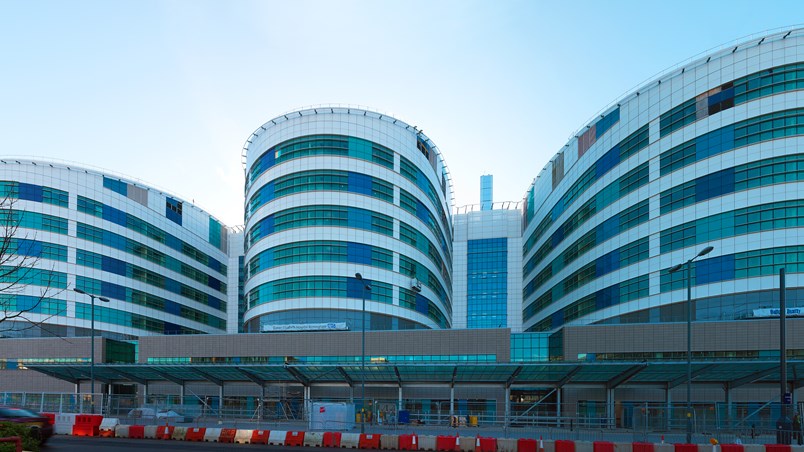
Queen Elizabeth Hospital, Birmingham

M4/M5 Smart Motorway

The National Graphene Institute
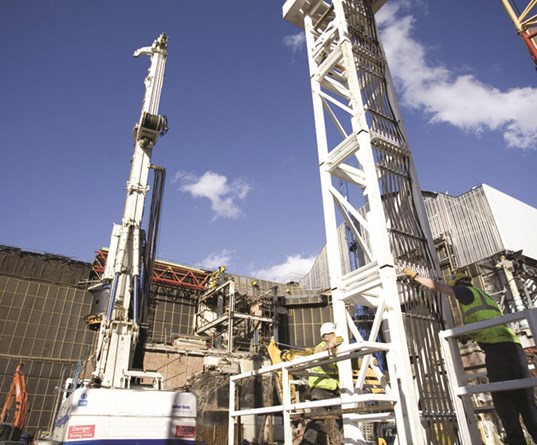
The Shard foundations
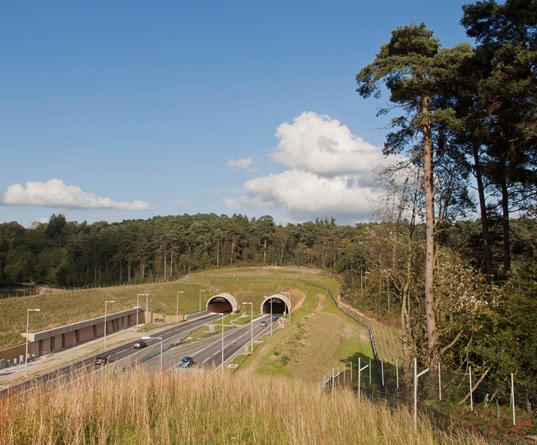
A3 Hindhead Tunnel
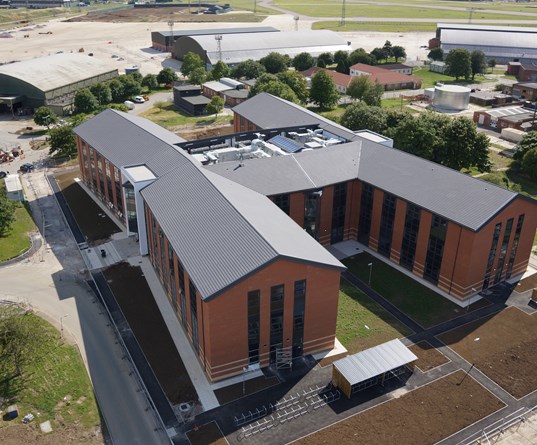
Project Hercules, MOD Lyneham
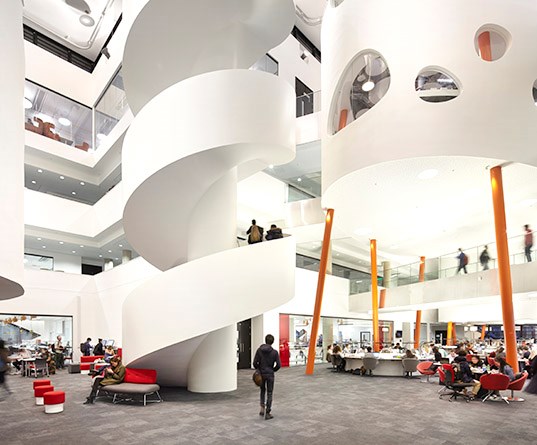
The Diamond, University of Sheffield
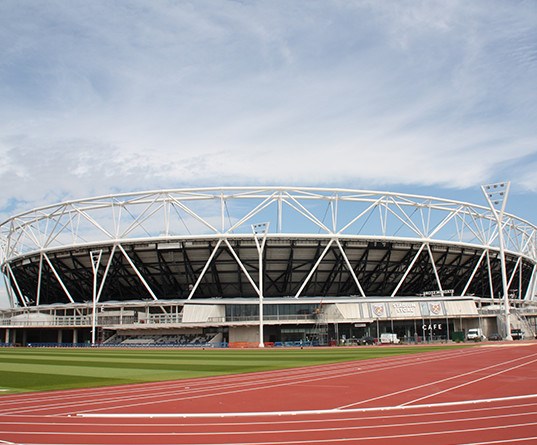
Olympic Stadium transformation

North East Lincolnshire Partnership

M25 Motorway widening
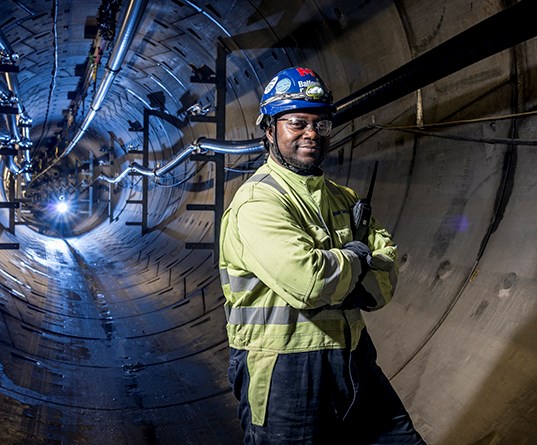
London Power Tunnels
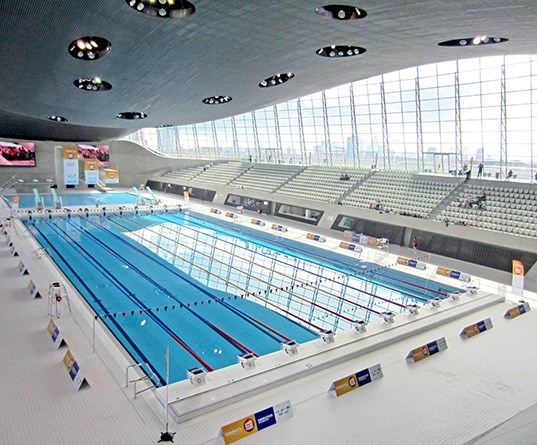
London Aquatics Centre

Herefordshire Council Public Realm Services
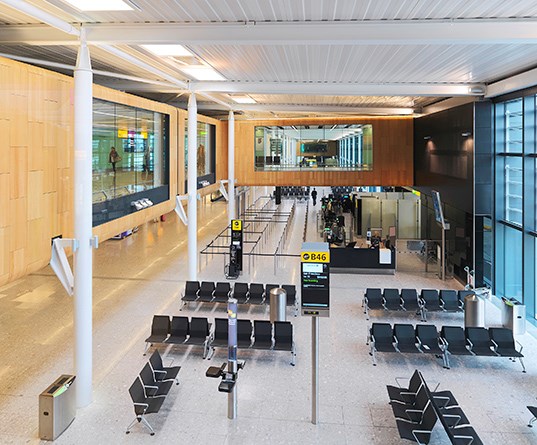
Heathrow Airport Terminal 2 departure lounges
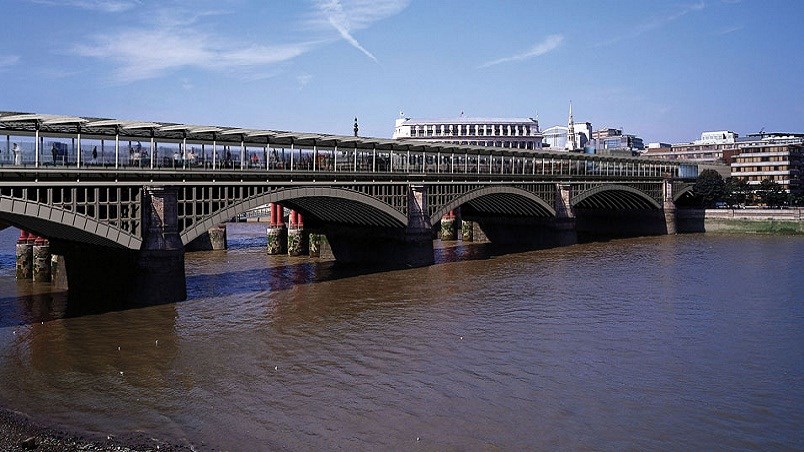
Blackfriars Station, London

Forth Bridge, Scotland
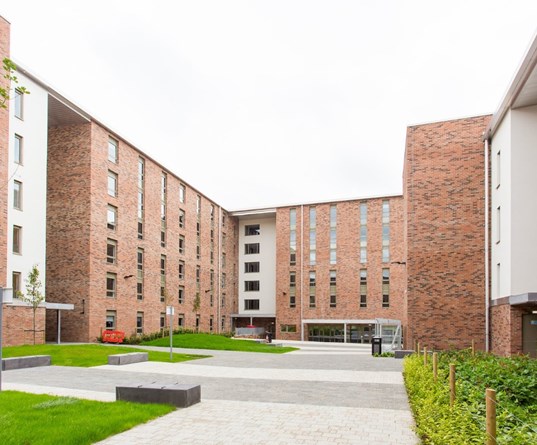
Foundry Courtyard Student Accommodation, Glasgow

Southampton Highways Service Partnership

Anglian Water @one Alliance
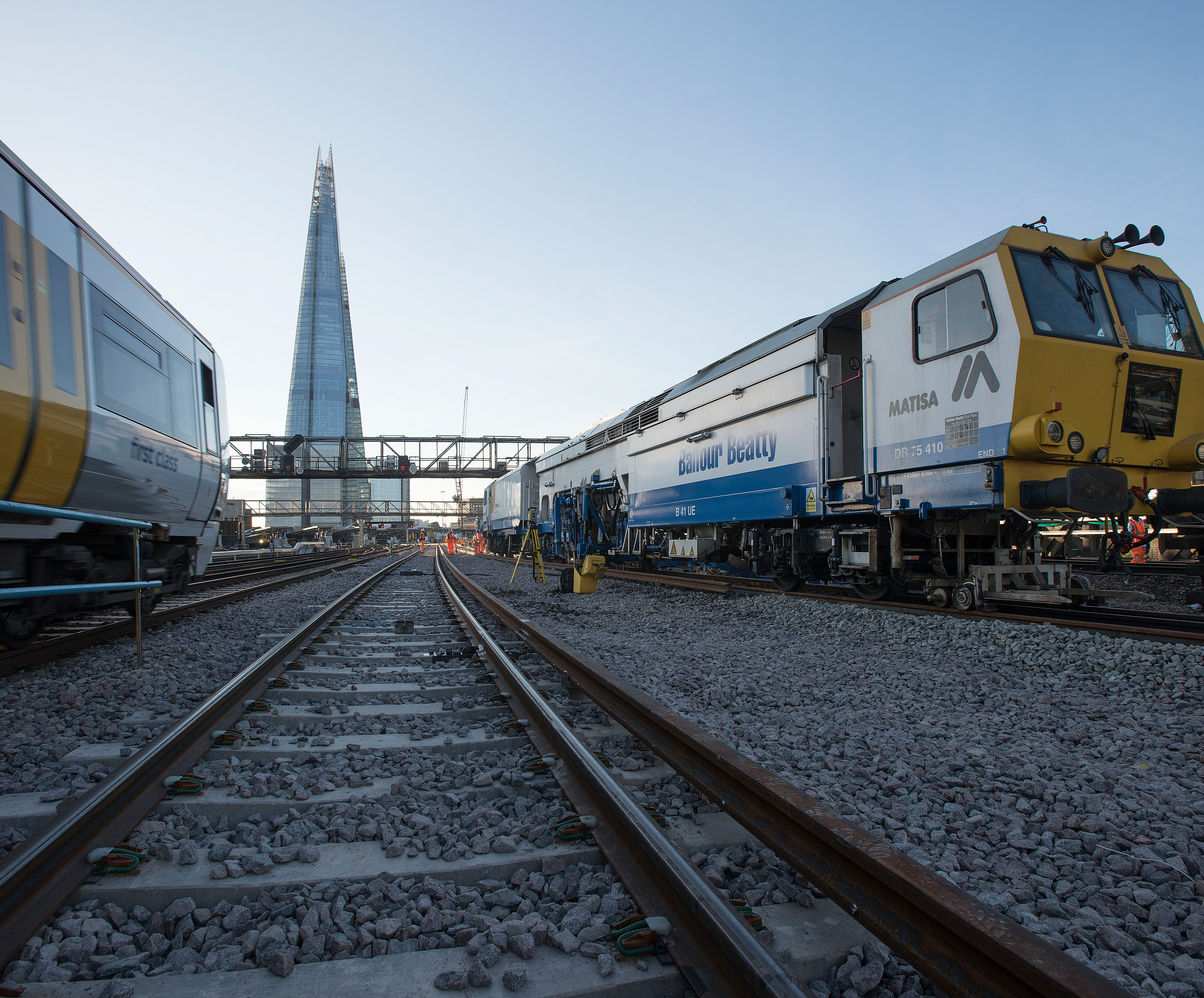
Remodelling London Bridge station
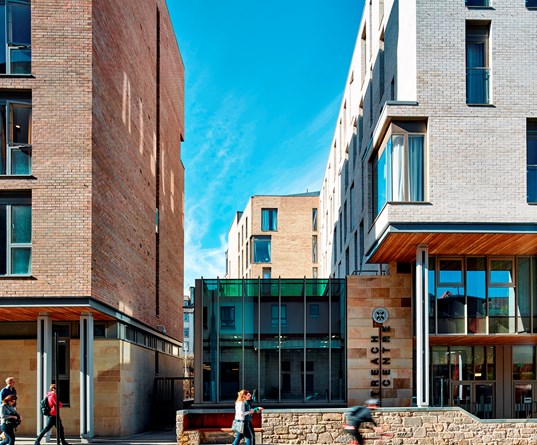
Holyrood Student Accommodation
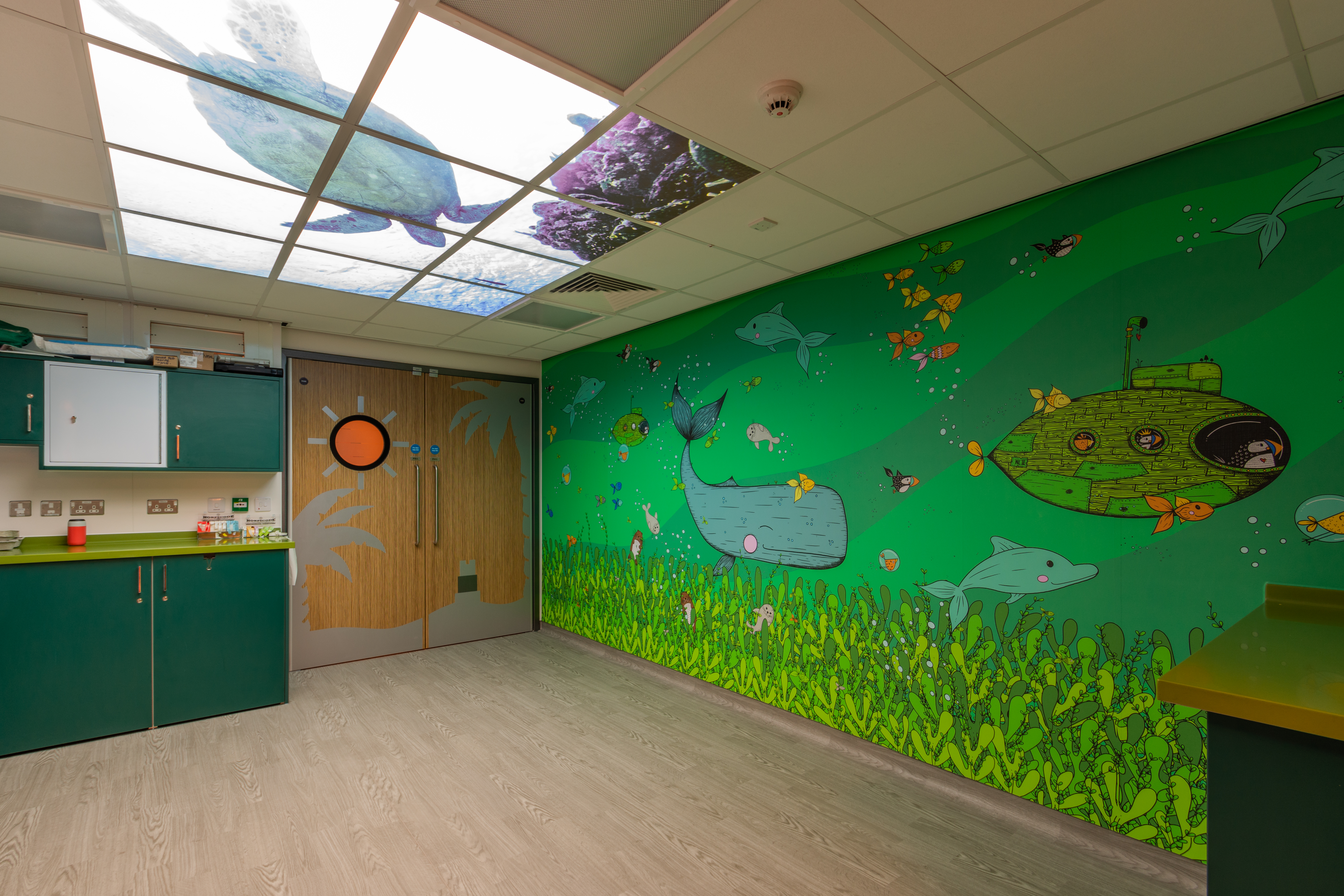
Ninewells Hospital, Dundee
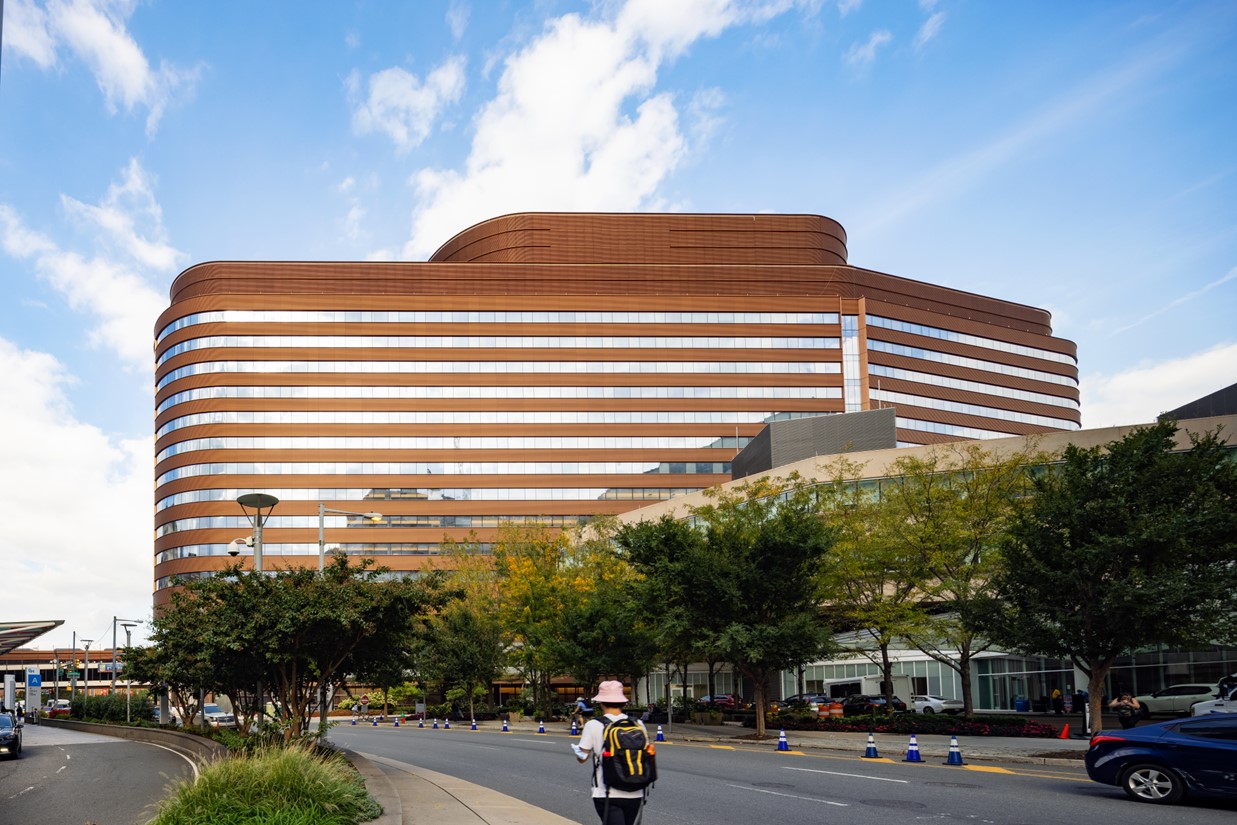
Penn Medicine, Philadelphia
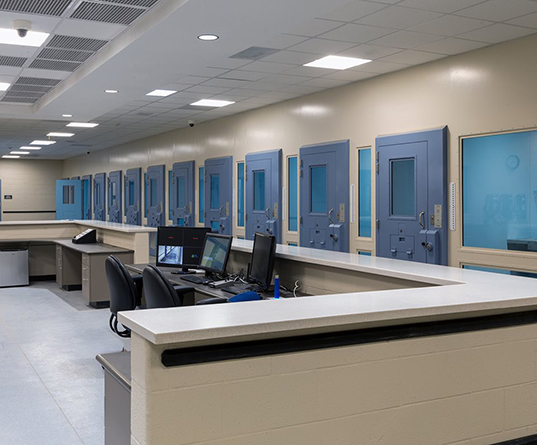
Kern County Justice Facility, California

Wake County Justice Center, Raleigh, North Carolina

Windle Island, St Helens

Fort Bliss Military Housing, Texas

Queen Elizabeth Class Aircraft Carriers

Waterchase Apartments